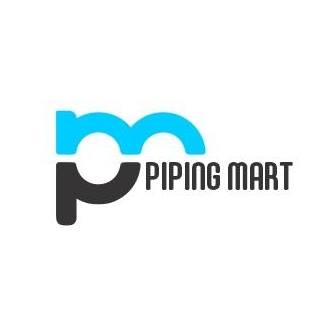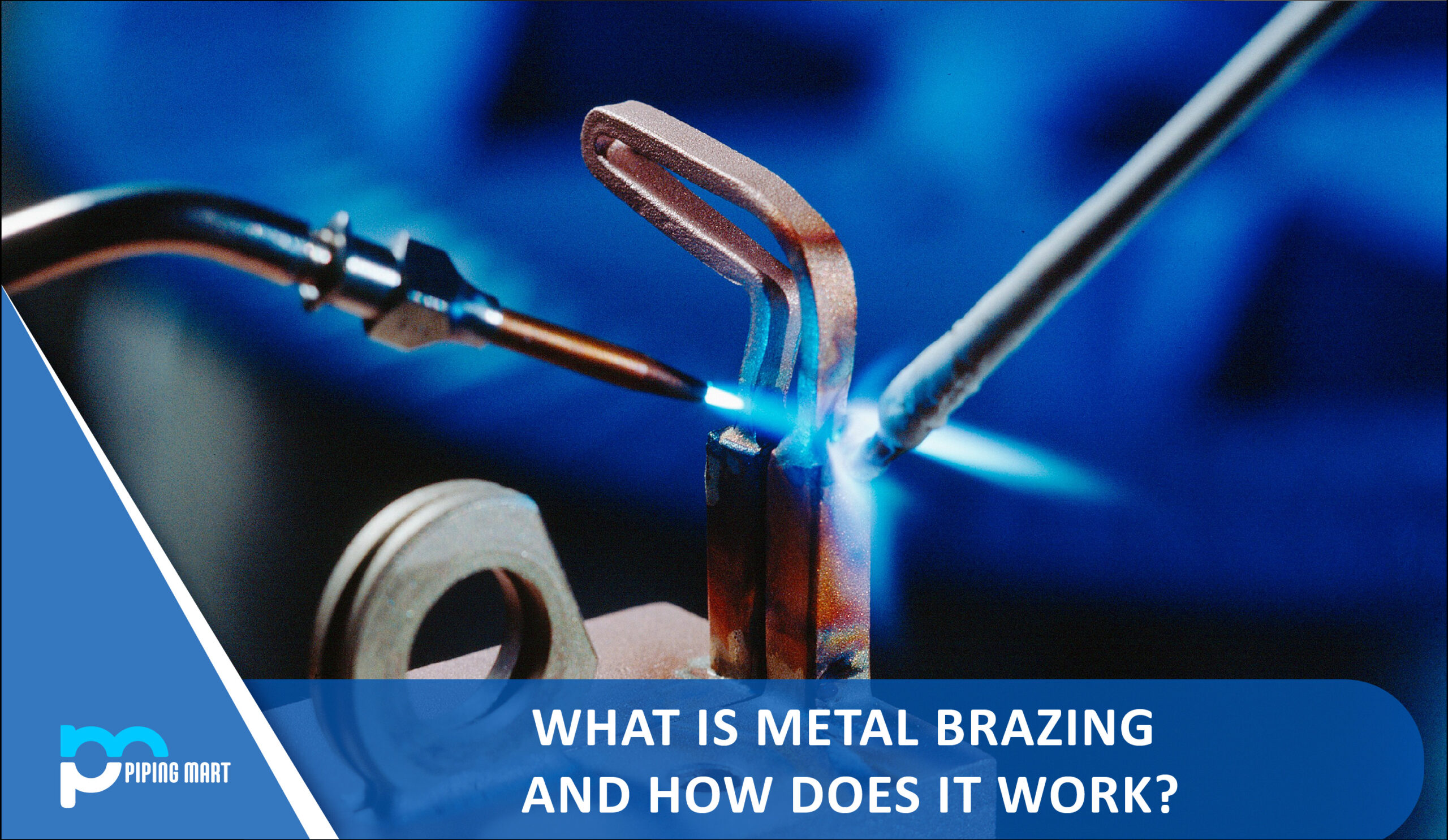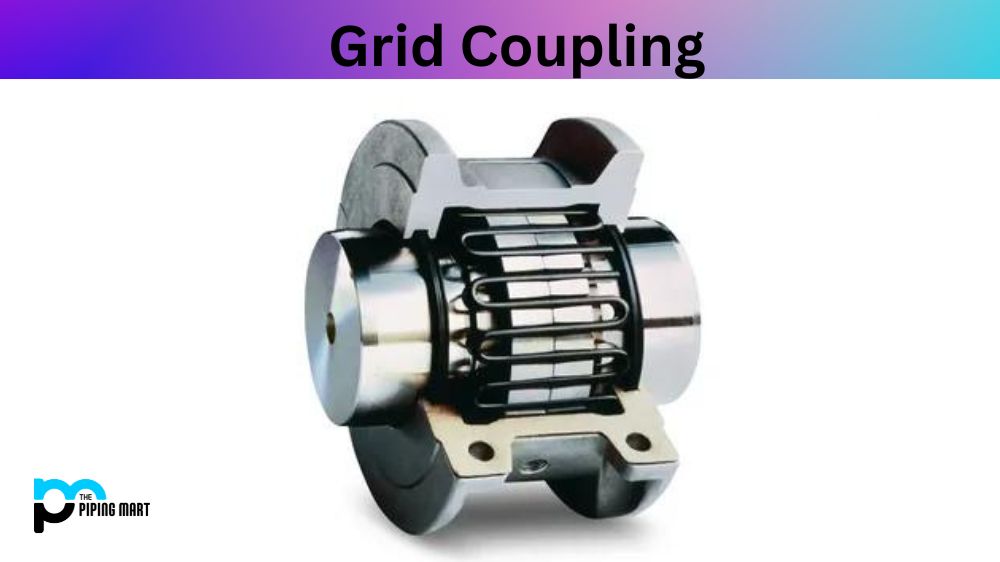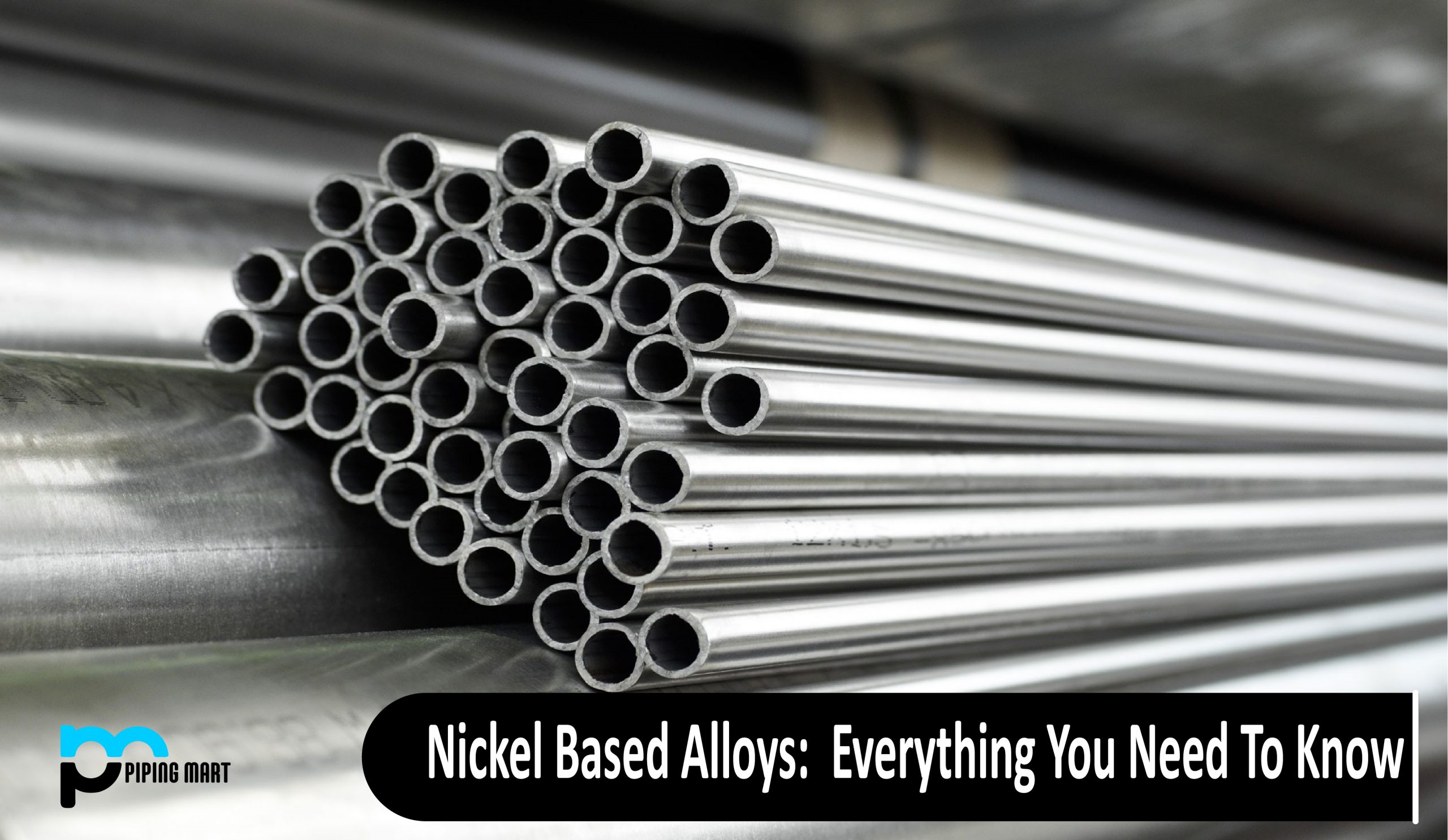What is brazing?
By melting and pouring a filler metal into the joint, which has a lower melting point than the adjacent metal, two or more metal objects are linked together by the brazing process. Brazing is different from welding. In Brazing the work pieces are not melted during the process.
Brazing differs from soldering by using a higher temperature and much more tightly fitting pieces than soldering.
Through capillary action, the filler metal flows into the space between tightly fitted pieces during the brazing process. The filler metal is heated just enough to be slightly over its liquidus (melting) temperature while being shielded by an appropriate environment, typically a flux.
After soaking (flowing over the base metal), it is cooled to fuse the workpieces. Combining metals with significant strength, whether of the same or different types, is a crucial benefit of brazing.
Key Takeaway
- A robust load-bearing joint is created by brazing two separate pieces of metal together.
- Brazing is similar to soldering but done at higher temperatures.
- Use the proper type of brazing rod for the metal that will be utilized in your project.
- Rather than touching the torch flame directly, the brazing rod should be melted by the heat of the metal components being joined.
- Make use of a torch with an intense blaze.
- Materials for Brazing Rods
- Copper Phosphorous Brazing & Welding Rods for copper, brass, and bronze
- Steel, stainless steel, nickel, and copper alloys, as well as cast iron and tungsten carbide. Nickel
- Silver Brazing and Welding Rods
- Bronze Brazing & Welding Rods in Malleable Iron, Cast Iron, Nickel, and Galvanized Steel
- Bernzomatic Al3 Aluminum Brazing and Welding Rods
How to Braze Metal?
Traditionally used to join metals (but also ceramics), brazing involves allowing molten filler metal (the braze alloy) to flow into the joint.
Scuff the metal’s surface using an emery cloth or wire brush. Then use soapy water or a degreaser to clean the surfaces.
Place the metal where you want it. An overlapping joint will often be more vital and simpler to braze together than a gapped junction. Clamps can be used to hold the components in place if necessary.
Heat the metal joining the two parts together until the joint glows.
Continue heating the metal surfaces while applying the brazing rod to the junction. For significant areas, warm up the joint in sections before moving on to the next nearby location.
After brazing, clean the brazed surface with a wire brush to get rid of any oxidation or residue.
The procedure differs from welding in that the base metals are not melted together at high temperatures during the welding process; instead, the filler metal melts at a temperature that is above 450 °C but consistently below the melting temperature of the parts to be joined.
While heated just slightly beyond the melting point, the filler metal is shielded by an appropriate environment, which is frequently a flux. The workpieces are joined together when the molten filler metal cools, creating a solid bond between similar or dissimilar metals.
The brazing process can be carried out in various atmospheres, including air, fuel gas that has been burned, ammonia, nitrogen, hydrogen, noble gases, inorganic vapors, and vacuum, while employing a range of heating devices such as a torch, furnace, and induction coil.
The filler and parent materials must be metallurgically compatible, producing a strong brazed junction. The joint design must include a space into which the molten braze filler can be sucked or spread by capillary action. The brazing environment, base material, and alloy composition are just a few variables that affect the necessary joint gap.
Due to its adaptability and the high integrity with which connections may be formed, brazing is a commercially acceptable method utilized in various sectors and is ideal for combining different metals. Due to its dependability in critical and non-critical applications, it is one of the most popular joining techniques.
What Are the Different Methods of Brazing?
The heating technique is frequently used to categorize brazing, which uses a wide range of heat sources. Some methods heat locally (only the joint area), while others heat the entire assembly to reach the brazing temperature (diffuse heating).
Localized Heating Techniques
- Torch Brazing
In this technique, a fuel gas flame provides the heat needed to melt and flow filler metal. A flame is created by combining a fuel gas, such as acetylene, hydrogen, or propane, with air or oxygen. This procedure is easily automated and costs little to start. A post-braze clean is frequently needed since torch brazing necessitates the application of flux.
- Induction Brazing
High-frequency induction heating for brazing is efficient and quick, allowing precise control of the heat source and temperature. A neighboring coil rapidly introduces alternating current into the workpiece and produces heat.
- Resistance Brazing
This procedure produces heat via resistance to an electrical current running in a circuit containing the workpieces (similar to induction brazing). The method best suits relatively simple connections in highly electrically conductive metals.
Diffuse Heating Methods
- Furnace Brazing
Two key benefits of furnace brazing include precisely regulating each phase of the heating and cooling cycles and the protective atmosphere brazing, which eliminates the need for flux. Either electric elements or gas fires are used for heating.
- Dip Brazing
This entails submerging the entire assembly in molten flux or braze alloy baths. In both situations, the bath temperature is higher than the filler metal’s melting point but below the parent metal’s solidification point.
Brazing vs. Welding
The AWS categorizes brazing as a liquid-solid phase bonding process. Solid denotes that the foundation material or materials have not melted, whereas liquid indicates that the filler metal has melted.
Brazing doesn’t entail melting the workpieces as welding does. The heat source is the primary distinction between brazing and arc welding. In contrast to arc welding, which employs electricity as a heat source to create temperatures up to 10,000 degrees Fahrenheit, brazing is applied using a torch, furnace, induction, dipping, or resistance as heat sources.
Brazing vs. Soldering
Brazing and soldering are identical except for the temperature at which they are carried out. Brazing happens at a temperature exceeding 840 °F (450 °C), while soldering occurs below that mark.
Benefits of Brazing and Soldering
- The temperature is very low.
- Can be permanently or temporarily linked
- You can combine dissimilar materials.
- Joining speed lowers risk of part damage
- Slow rates of heating and cooling
- It is possible to combine pieces of different thicknesses.
- Easily adjustable
When choosing a joining procedure, brazing and soldering are often disregarded despite having several excellent benefits. A small business, home shop, or farm can significantly cut costs by eliminating the need for a large inventory of supplies thanks to connecting a wide range of materials with a small selection of fluxes and filler metals.

Pipingmart is B2B portal specializes in industrial, metal and piping products. Also, share latest information and news related to products, materials and different types grades to help business dealing in this industry.




